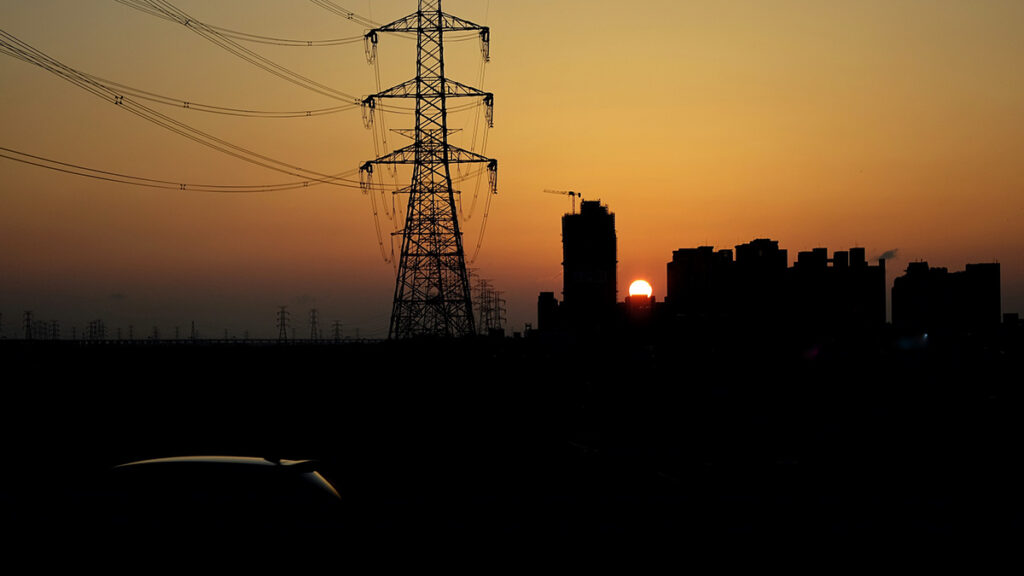The April blackout in the Iberian Peninsula affected tens of millions across Spain and Portugal, underscoring electricity’s central role in modern life. Within seconds, power outages can disrupt homes, schools, communication systems, financial services and transportation, halting economic and social activity.
This event occurred as global electricity demand accelerates; the IEA projects that over the next decade, electricity consumption will grow six times faster than overall energy demand, driven both by traditional loads and emerging demands from electric vehicles and AI data centers.
On the supply side, renewable capacity has expanded rapidly since 2010. Solar PV installations have increased more than fifty-fold, wind capacity has grown sixfold and bioenergy capacity has nearly tripled. Such transformation makes both preventing outages (security) and recovering quickly from disruptions (resilience) essential strategic priorities.
In April 2025, the IEA and the UK government co-hosted the Summit on the Future of Energy Security, bringing together delegates from 60 governments and over 50 major energy companies. There was broad agreement that electricity security now sits at the heart of energy security, requiring attention to cyber threats, geopolitical risks, supply chain vulnerabilities and extreme weather linked to climate change.
Recent incidents worldwide illustrate the stakes: a February 2025 transmission failure in Chile left nearly 20 million people without power for 17 hours; severe winter storms in Texas in 2021 caused multi-day outages for 5 million residents; South Australia’s 2016 storm blackout affected 850,000 customers; and an earthquake in Hokkaido triggered a regional shutdown in 2018. Restoration times ranged from hours to days, with economic losses amounting to billions.
To tackle these challenges, the IEA identifies four pillars of electricity security: robust infrastructure and supply chains; diverse flexibility resources such as demand response, dispatchable generation and storage; technical stability solutions including grid-forming inverters and fast-frequency-response batteries; and adaptive operational frameworks with updated grid codes and market designs.
Although annual global investment in electricity grids reached USD 400 billion in 2024, the IEA estimates that USD 700 billion per year will be needed by 2030 to meet national energy goals.
Building resilient, secure grids in the emerging Age of Electricity will require coordinated action by system operators, policymakers, regulators and the private sector.
Source: IEA
















